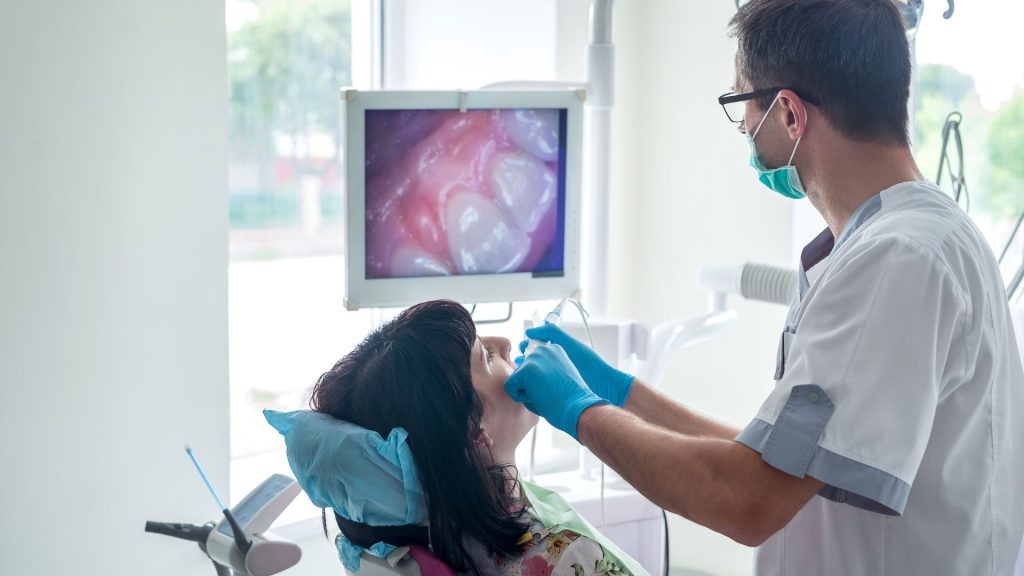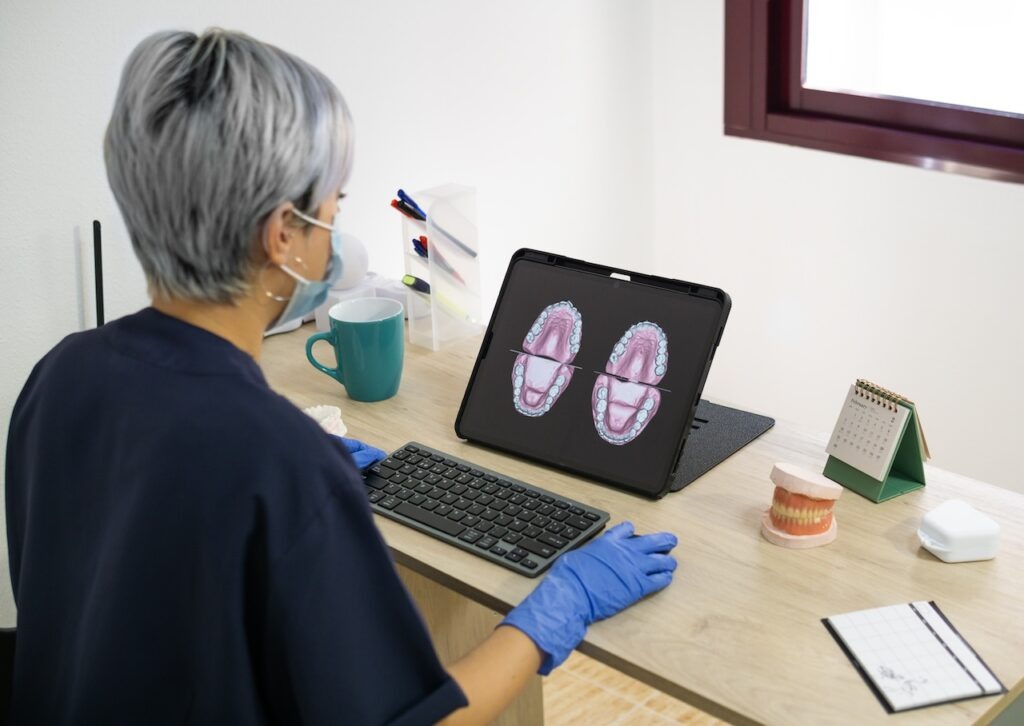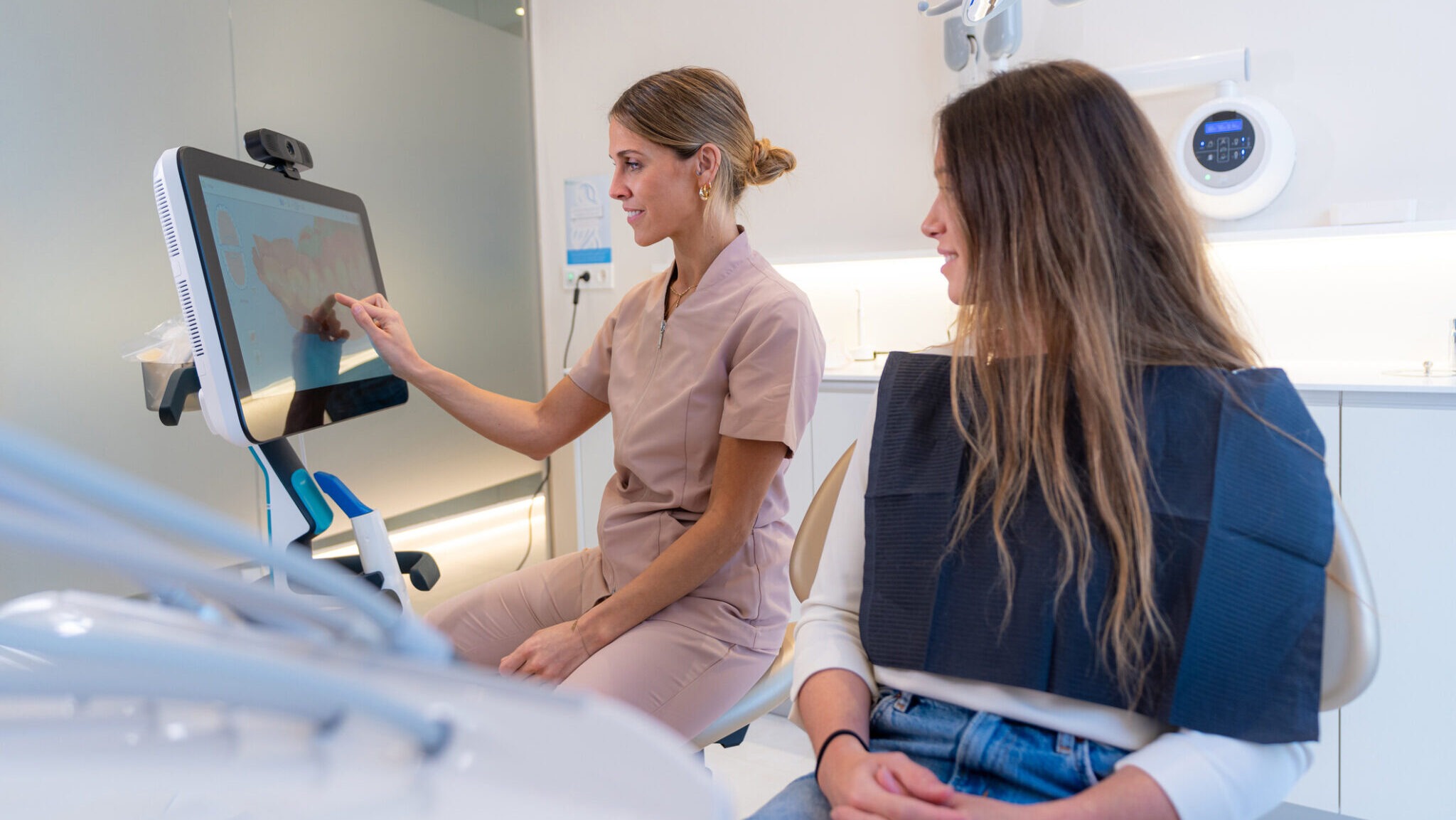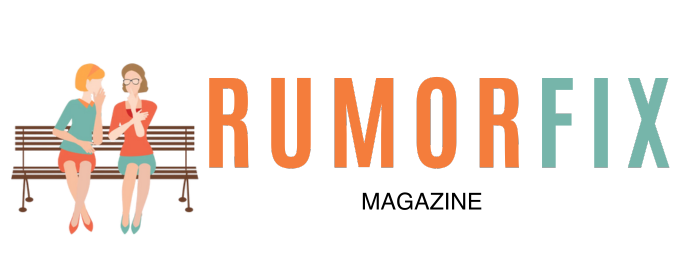
When the schedule is already full, and you find yourself toggling between sterilization logs, clinical notes, patient reminders, and X-rays. That’s the moment you feel: there must be a better way.
Digital assistants in dentistry aren’t a futuristic fantasy anymore. They are quietly transforming how dental professionals manage operations, patient engagement, and even clinical decisions.
This article will explore how digital assistants empower dental professionals, not by dazzling with specs, but by smoothing the daily grind, freeing up mental space, and letting the clinician focus on what matters most: patient care.
Why dental professionals are turning toward digital helpers

You’ve probably had one of those mornings when a chart correction, a patient record glitch, and a missed appointment reminder collide into chaos.
The beauty of a digital assistant is that it acts as your behind-the-scenes partner – catching errors, sending alerts, and coordinating workflows.
In that sense, using a digital assistant is less about novelty and more about resilience under pressure.
Many clinicians feel skepticism: “Will AI introduce new errors? Will it get in my way?”
These are valid concerns. That’s why Trust AI is a fundamental principle in next-generation dental software.
A system must not only run well, it must earn the clinician’s confidence. Trust comes when the AI suggestions are transparent, explainable, and easily overridden by human judgment.
For dental teams working in high-stakes environments, that kind of earned confidence is nonnegotiable.
Digital assistants in dentistry break down into three broad domains:
- Clinical decision support (e.g. diagnostic suggestions)
- Workflow and practice management (e.g. scheduling, reminders)
- Patient communication and engagement (e.g. follow-ups, previsit instructions)
Clinical decision support: more than just pattern matching
Imagine this: while reviewing a periapical radiograph, the software highlights an area that looks like an early interproximal lesion.
It doesn’t say “You’re wrong if you disagree”, it says, “Here’s something you may want to double-check.”
That nudge can prevent oversight, especially when fatigue sets in late in the day. Over time, clinicians report faster diagnostic throughput and fewer overlooked issues.
Yet, the point isn’t to replace the clinician; it’s to augment.
Some features include:
- Automated lesion detection or suspicious-lesion prompts
- Suggested restorative plan sequences
- Alerts if proposed treatment conflicts with patient history
| Feature | Benefit in Practice | Safeguard |
| Radiographic anomaly highlighting | Helps catch subtle issues | Always paired with clinician override |
| Treatment sequence suggestions | Encourages best practices | Clinician can amend or reject |
| Drug-interaction alerts | Enhances safety | Linked to up-to-date patient data |
Did you know? In pilot programs, dentists saw up to 20–30% reduction in diagnostic variance between clinicians, meaning fewer false negatives or overlooked lesions.
The assistant acts as a second set of eyes, especially when the caseload is heavy.
Still, trust is everything. If the AI is wrong too often, a clinician will start ignoring it. Hence, transparency is key.
Some systems allow the clinician to “peek under the hood,” to see why the assistant flagged something. That fosters respect, rather than resentment, for the tool.
Streamlining operations: your digital back office

Here’s where many dentists feel a digital assistant delivers its most tangible value.
Think about all the small but frequent tasks:
- Appointment confirmations and rescheduling
- Billing reconciliations and claim follow-ups
- Inventory tracking (e.g. restocking anesthetic, consumables)
- Sterilization log reminders and compliance checks
The cumulative time drain is surprising. A digital assistant can batch many of those tasks, sending reminders or alerts automatically and updating systems in the background.
Instead of toggling between modules, you let the assistant “own” the mundane stuff.
Table: Before vs After adopting a digital assistant
| Task | Before | After |
| Appointment reminders | Manual phone/text labor | Automated messages + confirmations |
| Chart updates | Manual entry | Auto-population from templates |
| Insurance follow-ups | Technician checklist | Alerts and next steps queued |
| Compliance logs | Manual audits | Scheduled prompts and audit trails |
Dental teams frequently report saving 5–10 minutes per patient by offloading these tasks.
Over 20 patients, that’s nearly two hours reclaimed, time that can be reinvested in planning, patient education, or downtime to prevent burnout.
Elevating patient engagement and retention
The patient journey doesn’t begin when they arrive in the chair, it starts when they call your office, and continues long after they leave. In today’s connected age, digital assistants can manage that journey with finesse.
Some of the ways:
- Sending customized previsit instructions
- Post-treatment follow-ups or surveys
- Automated recall systems (cleanings, check-ups)
- Educational content nudges tailored to patient history
These aren’t one-size-fits-all broadcasts. A good system personalizes the message, reminds Mrs. Novak in Stara Pazova about her upcoming cleaning, shares brushing tips for Mr. Petrovic’s implants, or sends a “how to manage soreness” video after a complex treatment.
Did you know? Studies show patient recall rates improve 20–25% when reminders are automated compared to reliance on manual calls.
Social proof: Patients appreciate the consistency, it feels polished, caring, and integrated.
Still, empathy must guide automation. Messages should feel human, not robotic. For example:
“We hope your gums feel calm today. Please take your prescribed gel and rest tonight. If discomfort lingers past 48 hours, we’ll check in tomorrow.”
This kind of messaging blends medical advice, reassurance, and invitation to reengage delivered by the digital assistant, but with your voice behind it.
Overcoming challenges: adoption, training, and trust

A high-powered tool is only as good as the hands on the handles. Many practices hit friction when integrating assistants. Here’s where empathy and strategy matter as much as tech.
- Training fatigue: Staff may resist new systems. Start with simple features first (e.g. auto reminders), then layer in advanced tools (clinical prompts).
- False-positive alerts: If the assistant flags too many “suspicious” things that turn out false, clinicians stop watching. Calibrate thresholds carefully.
- Data security and privacy: Patients’ photos, medical history, and radiographs deserve high-level encryption and clear policies.
- Customization needs: No two practices are alike. The system must accommodate your workflows or let you bend it.
My experience in clinics tells me that small wins early are crucial. Celebrate when the assistant reminds a patient properly, or catches a chart omission.
These moments build trust. Once your team sees the assistant as a collaborator, not a threat, adoption deepens.
Implementation tips to get started
Here’s a practical checklist (you can turn it into a small staff meeting agenda) to integrate a digital assistant without turmoil:
| Step | Action | Tip |
| Identify workflows to pilot | Choose one routine process (e.g. appointment reminders) | Keep complexity low at first |
| Define success metrics | Recall rate, time saved, fewer missed tasks | Track for 4–8 weeks |
| Train in small cohorts | Pilot with one hygienist or assistant | Collect feedback and refine |
| Monitor alerts and feedback | Adjust sensitivity of clinical prompts | Avoid overflagging |
| Scale in phases | Add clinical support, billing help, communication modules later | Keep the team involved |
If your team is open to experimentation, schedule short weekly check-ins.
Ask: “What’s working? What’s misfiring?” Use those moments to tune, not to criticize.
Over time, those incremental refinements build trust and sophistication.
Final thoughts
When you’re managing multiple patients and a growing caseload, even small workflow tweaks can mean less stress and more attention for the person in the chair.
Digital assistants empower dental professionals by automating the mundane, supporting the clinical eye, and deepening patient engagement.
The real measure is how it shifts the daily rhythm so you can breathe more deeply between procedures, respond to your patients more attentively, and guard against burnout.
If you approach implementation thoughtfully, with calibration, staff buy-in, and respect for trust these tools may become among your most reliable allies.
And at the end of a long day, knowing the system has your back might feel like the quiet support you didn’t know you needed.













